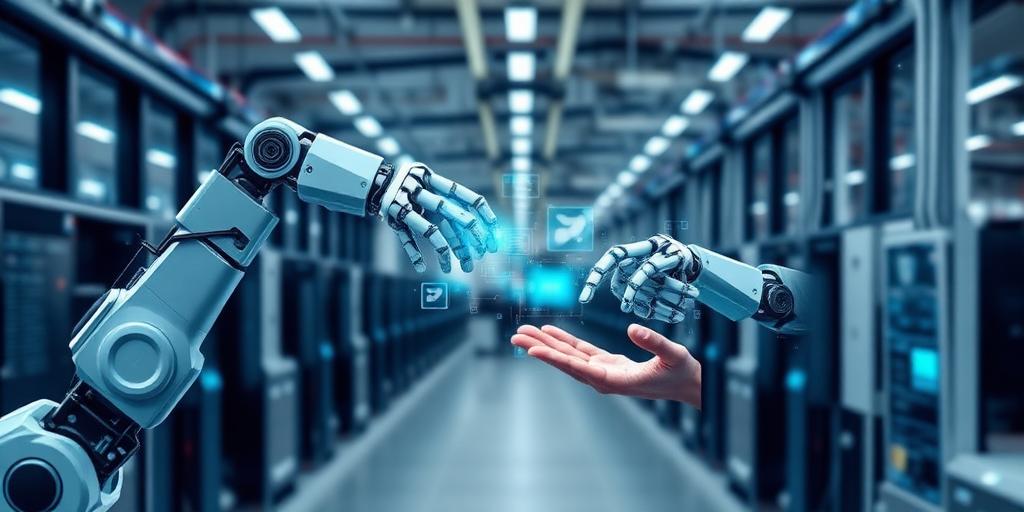The landscape of modern industry is undergoing a profound transformation, driven by the relentless advancement and integration of robotics and automation. No longer confined to the realm of science fiction, these technologies are rapidly becoming foundational pillars of productivity and operational efficiency across diverse sectors. This shift is not merely incremental; it represents a fundamental redefinition of the workplace, necessitating a comprehensive understanding of its drivers, implications, and strategic imperatives.
The Unstoppable March of Automation
The current surge in robotics and automation is fueled by several critical factors. Businesses worldwide are seeking unprecedented levels of efficiency, precision, and scalability. Robotic systems, with their ability to perform repetitive tasks tirelessly and with unwavering accuracy, address these demands. Furthermore, advancements in artificial intelligence (AI), machine learning (ML), and sensor technology have significantly enhanced the capabilities of automated systems, enabling them to execute complex processes and even learn from their environments.
Transformative Benefits for Businesses
For enterprises, the adoption of robotics and automation translates into tangible and often profound advantages:
- Enhanced Productivity and Output: Automated systems operate continuously, leading to higher production volumes and faster delivery times.
- Improved Quality and Consistency: By eliminating human error in repetitive tasks, robots ensure a uniform, high-quality output, critical in precision manufacturing and data processing.
- Cost Efficiency: While initial investment can be substantial, long-term savings in labor costs, waste reduction, and increased throughput often yield a strong return on investment.
- Safety and Risk Reduction: Robots can perform dangerous tasks in hazardous environments, protecting human workers from injury and exposure to harmful conditions.
- Scalability and Flexibility: Automated systems can be rapidly reconfigured or scaled up to meet fluctuating market demands, offering unparalleled operational agility.
Navigating the Challenges and Implications for the Workforce
However, the proliferation of robotics and automation also presents significant challenges, particularly concerning the workforce. The displacement of human labor, especially in routine and manual roles, is a primary concern. This necessitates a proactive approach to reskilling and upskilling the existing workforce, fostering adaptability and promoting continuous learning. New roles focused on designing, deploying, maintaining, and supervising automated systems are emerging, but the transition requires robust educational and vocational programs. Ethical considerations, data privacy, and the potential for algorithmic bias also demand careful governance and policy development.
The Future Workplace: Collaboration and Evolution
The future workplace is not one devoid of human presence but rather one where human-machine collaboration, or 'cobotics,' becomes the norm. Robots will augment human capabilities, allowing employees to focus on higher-level tasks requiring creativity, critical thinking, problem-solving, and emotional intelligence—areas where humans inherently excel. This symbiotic relationship will redefine job descriptions, foster innovative workflows, and potentially unlock new frontiers of economic growth. Businesses that strategically invest in both technology and their human capital, prioritizing continuous learning and a culture of adaptability, will be best positioned to thrive.
Conclusion
The rise of robotics and automation in the workplace is an irreversible tide, reshaping industries and fundamentally altering the dynamics of labor. While presenting a complex array of challenges, its potential for driving unparalleled efficiency, innovation, and safety is undeniable. Proactive engagement with these technologies, coupled with a commitment to workforce development and ethical deployment, will be paramount for organizations seeking to secure a competitive advantage and contribute positively to the societal evolution of work.




